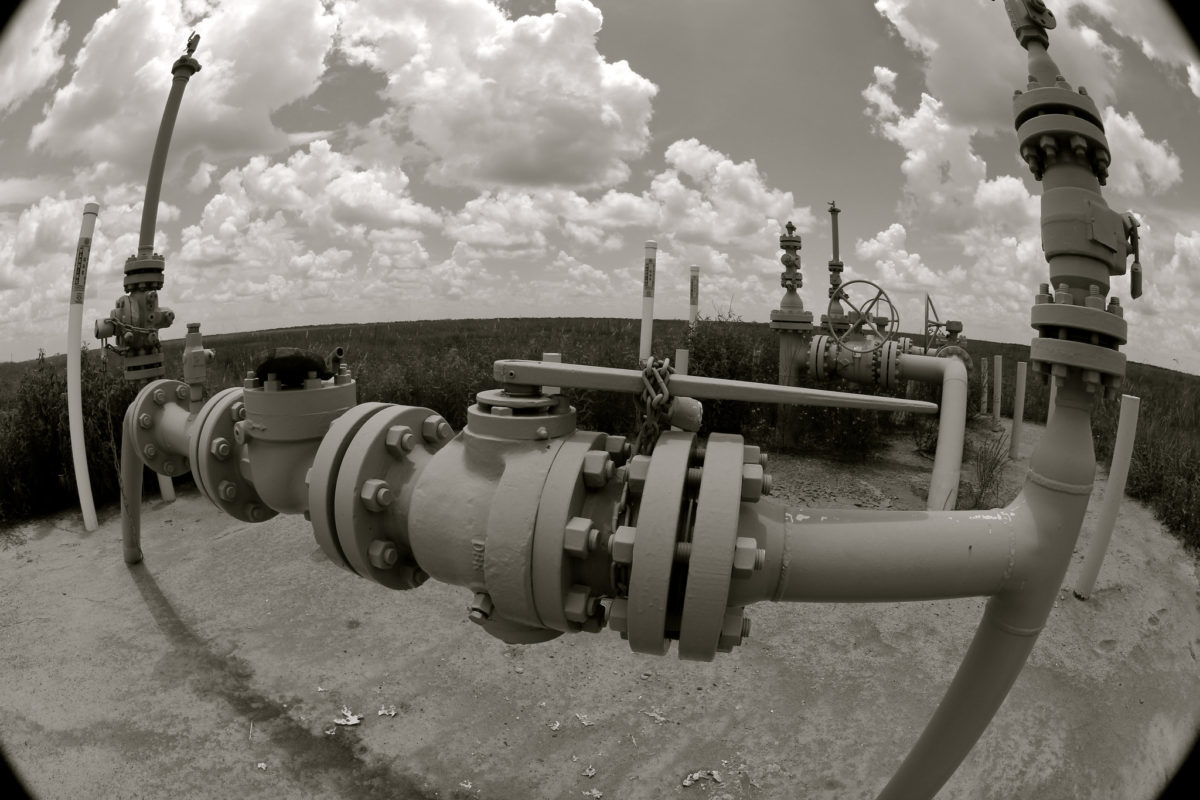Western Australia is in the box seat to become the home of Australia’s biggest green hydrogen plant after an initial $300 million investment was secured for its first phase of construction. The project is being developed by Perth-based Infinite Blue Energy, which is aiming to have the plant operational by 2022.
The Arrowsmith Hydrogen Project, which will be built in the vicinity of the town of Dongara, about 320km north of Perth, is expected to produce 25 tonnes of green hydrogen a day using wind and solar energy. Infinite Blue Energy aims to commence works on the project by the middle of the year as part of its ambitious plans to build a series of installations throughout regional Australia to reduce dependence on coal-fired power stations. It calculates that its initial project will reduce CO2 emissions by approximately 78,000 tonnes per year.
Infinite Blue Energy has been establishing partnerships with leading Australian and international companies, technology suppliers, and green hydrogen buyers around the world in a bid to further Australia’s ambitions to become a global leader in the production and export of hydrogen produced by renewable energy-powered electrolysis. “We are enabling access to leading-edge technology and establishing domestic and international sales agreements to spearhead our expansion plans,” IBE CEO Stephen Gauld said.
Touted as the missing link in the energy transition, green hydrogen has so far seen limited uptake. In order to erase one-third of today’s global emissions from fossil fuels and industry if it is deployed for steel making, providing dispatchable energy, producing ammonia, and powering trucks and shipping, meeting the related 24% of global energy demand with green hydrogen by 2050 would require massive amounts of additional renewable generation. To power the electrolyzers, some 31,320 TWh of electricity will be needed — “more than is currently produced worldwide from all sources”, Bloomberg New Energy Finance found in its recent analysis.
H2 export ambitions
In Australia, ambitions are grand particularly with regard to export to Asian countries. The CSIRO National Hydrogen Roadmap expects the demand for renewable hydrogen imports by Asian nations to reach 3.8 million tonnes by 2030. At the same time, ACIL Allen Opportunities for Hydrogen Exports model suggests that 10-20% of Japanese and Korean hydrogen demand could be met by Australian exports, with a mid-case forecast of 500,000 tonnes per annum by 2030. However, the current green hydrogen production in Australia is minimal.
According to a new report produced by ANT Energy Solutions and backed by the Australian Renewable Energy Agency (ARENA), provided it continues only with the existing initiatives announced, Australia will produce less than 3,000 tonnes of green hydrogen per annum by 2025. That is to say, to meet the ACIL Allen mid-case, Australia will need to scale up production capacity by 160x in the next five years.
Massive projects such as the Arrowsmith Hydrogen plant are keeping hope alive that such a goal is not unattainable. The project is the first of many planned by Infinite Blue Energy, which hopes to build a series of similar projects across regional Western Australia. The company already has plans for a second-stage project that will result in an increased level of green hydrogen production of 75,000 kg/day.
The first-stage Arrowsmith Hydrogen plant, which will ultimately integrate a large-scale battery on-site, is expected to create more than 300 regional jobs in the construction phase. Commenting on the challenges that Covid-19 has posed for Australia’s economy, IBE CEO Stephen Gauld has underlined the importance of building employment opportunities.
“Covid-19 has completely changed the operational outlook for so many businesses across the country and what is now needed to be market leading is a uniquely competitive and innovative offering that has not been done before; one with a sustainable carbon footprint that can truly accelerate Australia’s economic growth in regional areas,” Gauld added.
As an emerging, job-creating industry, green hydrogen projects in Australia can tap various sources of funding. In Western Australia, for instance, the government has launched a $10 million Renewable Hydrogen Fund with a strategic focus on export, remote applications, blending in the gas network, and transport. Federally, ARENA has opened a $70 million Renewable Hydrogen Deployment Funding Round seeking to achieve the goal of ‘H2 under $2’.
This content is protected by copyright and may not be reused. If you want to cooperate with us and would like to reuse some of our content, please contact: editors@pv-magazine.com.









5 comments
By submitting this form you agree to pv magazine using your data for the purposes of publishing your comment.
Your personal data will only be disclosed or otherwise transmitted to third parties for the purposes of spam filtering or if this is necessary for technical maintenance of the website. Any other transfer to third parties will not take place unless this is justified on the basis of applicable data protection regulations or if pv magazine is legally obliged to do so.
You may revoke this consent at any time with effect for the future, in which case your personal data will be deleted immediately. Otherwise, your data will be deleted if pv magazine has processed your request or the purpose of data storage is fulfilled.
Further information on data privacy can be found in our Data Protection Policy.